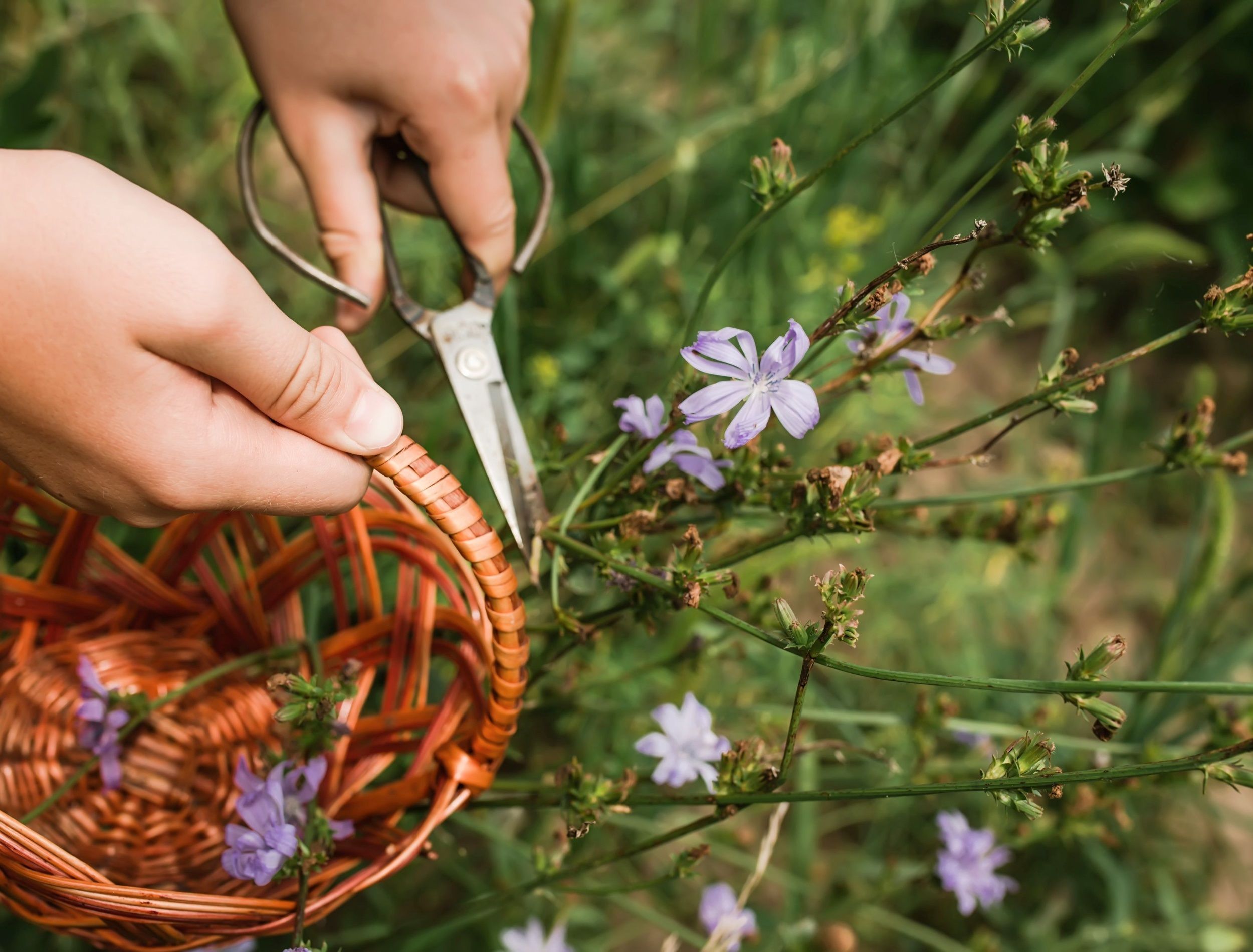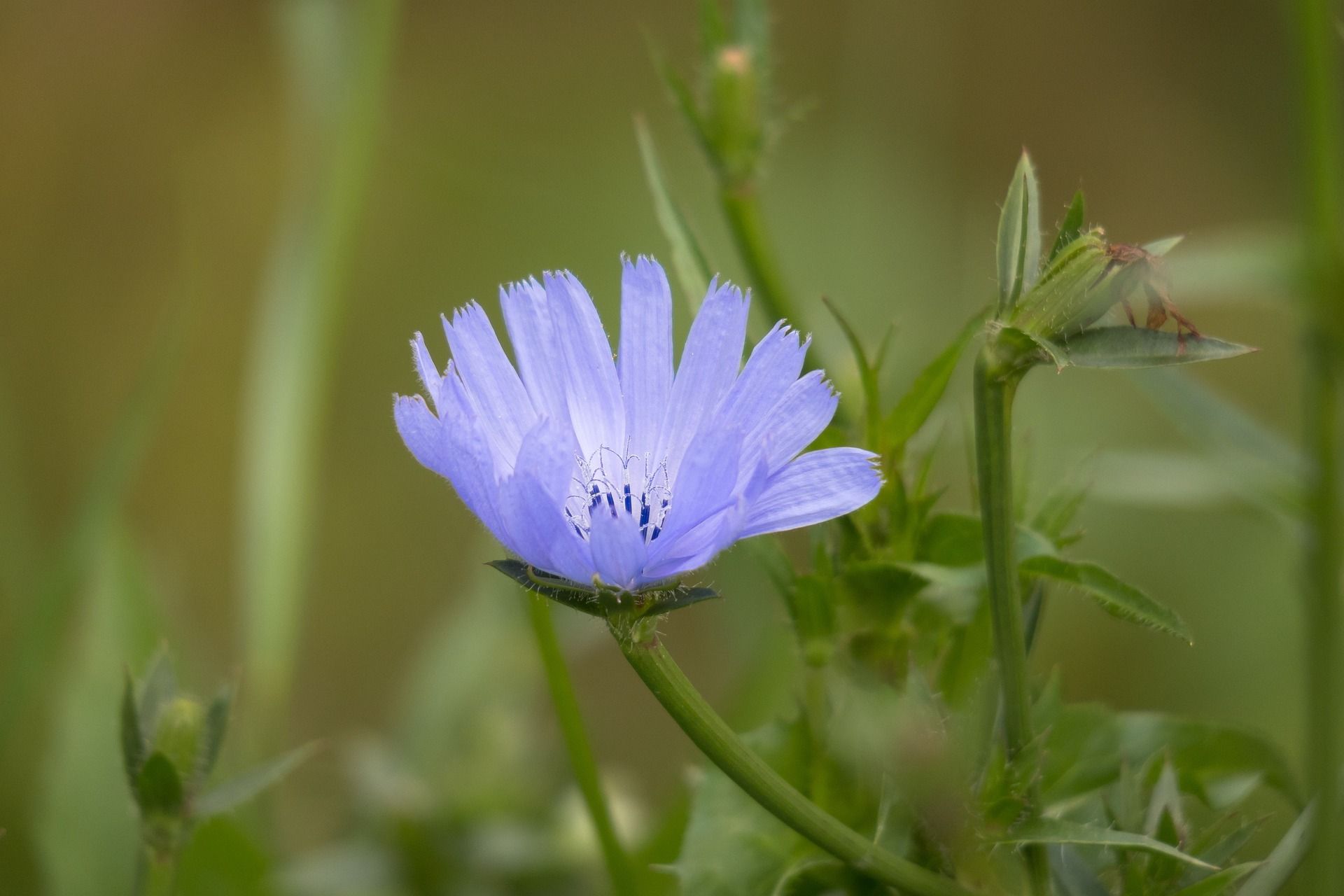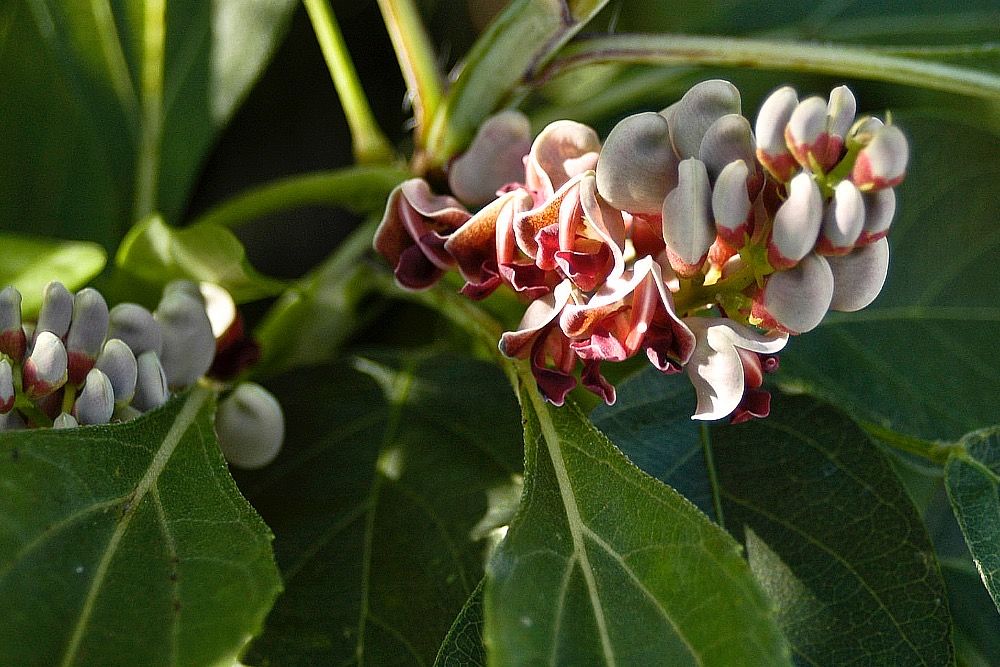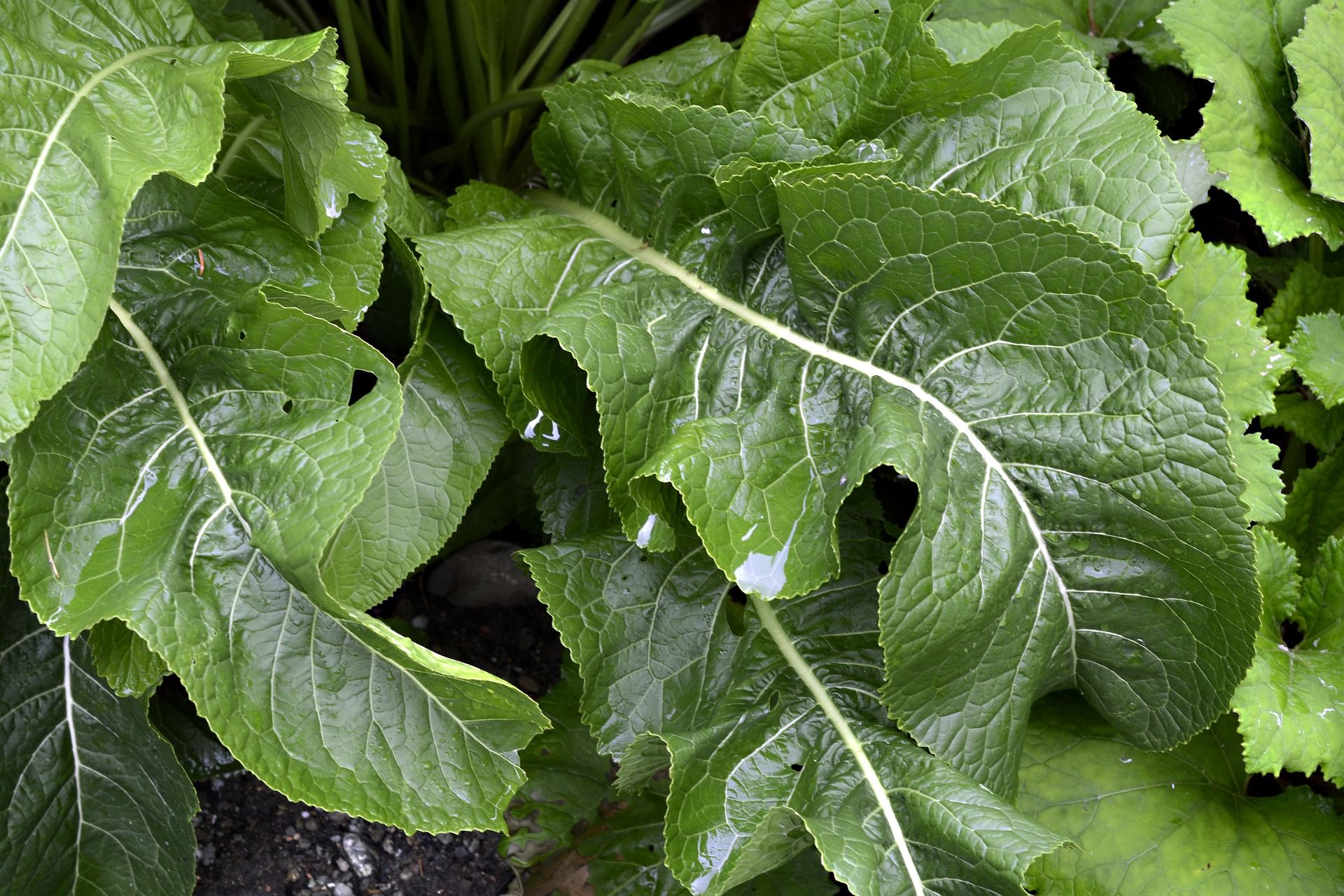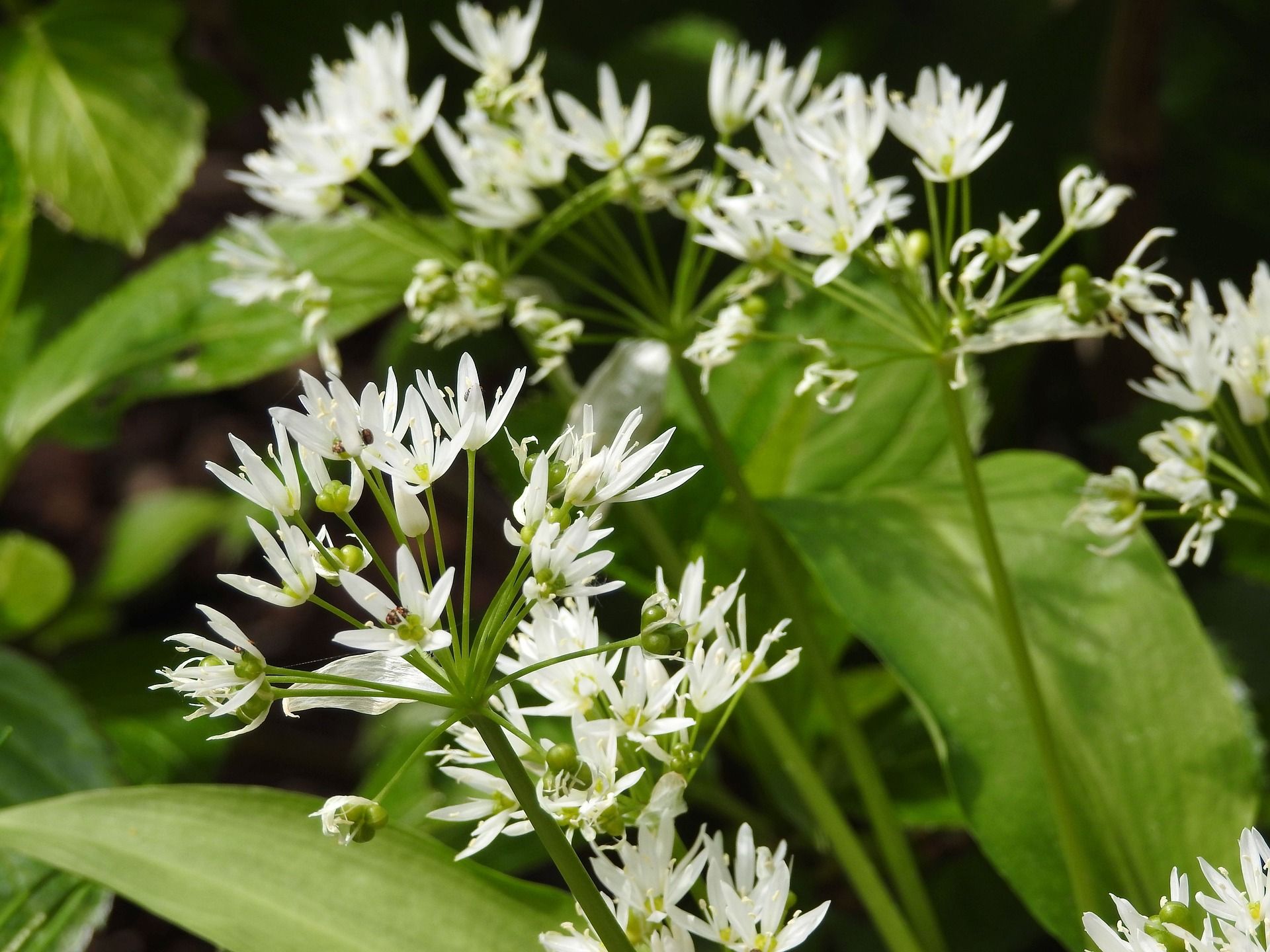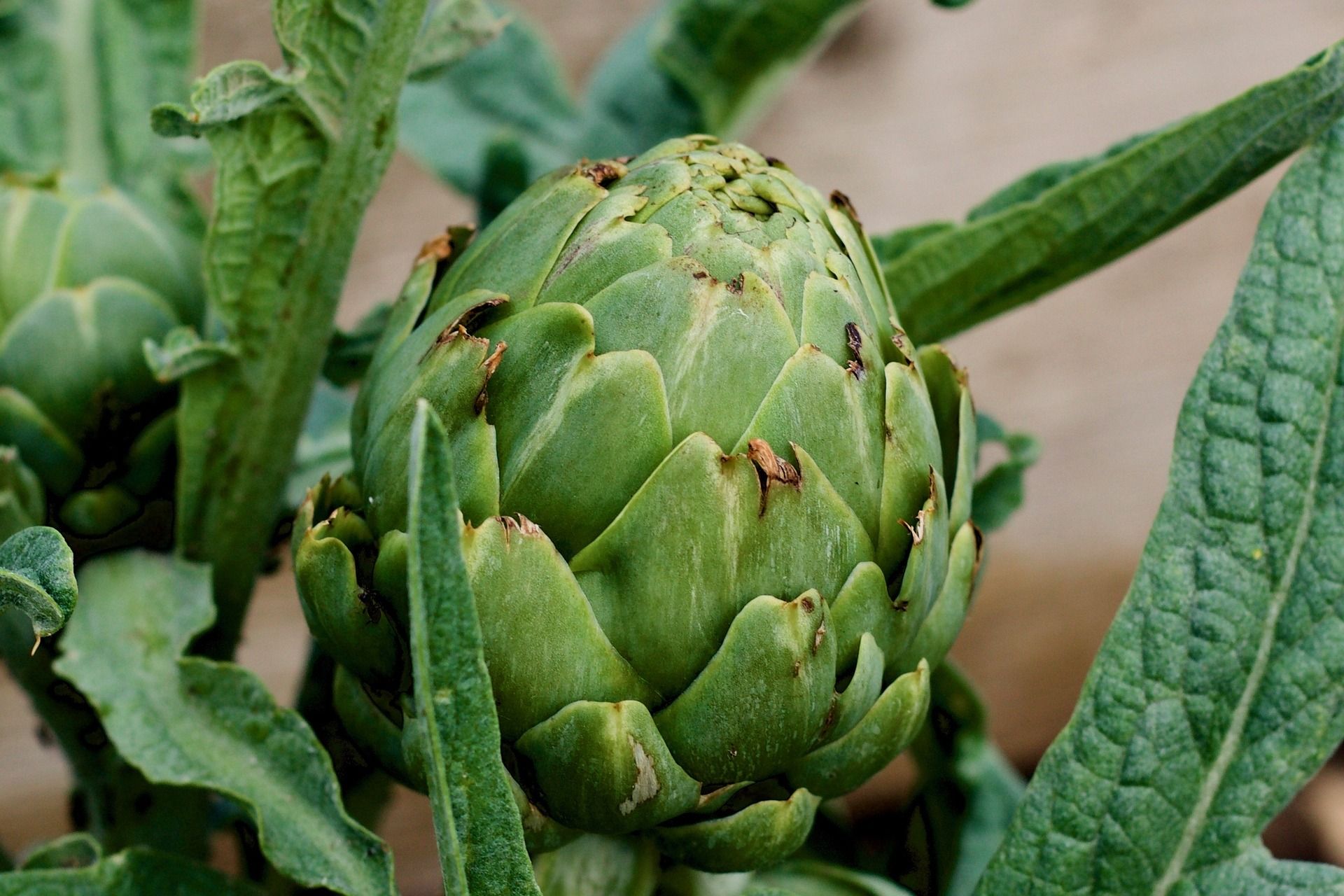While you may be familiar with growing perennial flowers and annual veggies, there are many perennial vegetables that might just steal your heart. You only need to plant them once, and then you can enjoy an abundant year-after-year harvest.
While you may know of a few, some of these perennial veggies are uncommon, so they're the perfect way to branch out and expand your palate. If you need something reliable, unique, and delicious to enjoy again and again, look no further than these five perennial vegetables.
Wild Chicory
Image credits: Didgeman via Pixabay
You might have spotted the blue blooms of chicory plants on roadsides, but the bitter leaves are scrumptious in salads. Meanwhile, its ground roots are a sustainable coffee substitute. This decorative and functional plant flowers from July through October and also attracts bees.
Well-draining, alkaline soil and full sun are best for wild chicory. The plants are drought-tolerant and frost resistant. Wild chicory produces leaves from early spring through November, making it the perfect option for fresh salads. Snip the leaves from the plant and mix them with your other greens, or harvest the entire root system to make chicory coffee.
If you harvest the root system, the plant won't return next year unless you store a portion in a cool, dark location and replant in spring.
Fun Fact: To make chicory coffee, wash the roots, snip them into small pieces, and bake them at 350 degrees Fahrenheit until they turn golden brown. Then, grind the roots in a grinder and brew them like coffee grounds.
American Groundnut
Image credits: gmayfield10 via Openverse
A member of the legume family, American groundnut is a perennial vine that bears edible beans but is most popular for its edible tubers. They have a similar flavor to potatoes, and you should always cook them. They are delicious when roasted, in stews, and even fried. You can also enjoy the cooked seeds and use them similarly to peas or beans.
Plant American groundnut in well-draining, sandy soil and full sunlight. Only water when the top inch of soil is dry to avoid overwatering the drought-tolerant plant. You can harvest the tubers in their first year, but you will see a more sizeable harvest in the second or third year. Store tubers harvested in autumn in a cool, dark location and continue to enjoy them until next spring.
Pro Tip: Leave some of the plant and tubers in the ground so you can enjoy a harvest the following year!
Horseradish
Image credits: anncapictures via Pixabay
While you can find horseradish sauces at the store, there's nothing quite like a homemade spicy, refreshing, and flavorful topping to add on your favorite dishes. A hardy root crop, horseradish is typically an annual crop but can return yearly with the proper care. It also doesn't take up much room in your garden since a small plant goes a long way. To keep it contained, plant in pots or raised garden beds.
Plant root cuttings ("sets") in the spring, mixing plenty of compost into loose soil beforehand. Horseradish does best in full sunlight with well-draining soil. Harvest in the late fall, only after the second year of growth, using a garden fork to carefully lift out the root. Leave a few root fragments below the soil to ensure the plant will return next year.
Fun Fact: You can eat horseradish leaves by boiling them in salted water until they are soft. Then, serve them as you would other bitter greens.
Wild Leeks
Image credits: Sabrinakoeln via Pixabay
A slow-growing perennial plant in the onion family, wild leeks, also known as ramps, are a delicious addition to soups, pestos, pastas, sandwiches, and more. The flavor sits between garlic and a mild onion.
You can grow ramps from seeds, but they can take up to a year to germinate and then years to mature. Instead, grow them from transplants or divisions. The plants also require the cool, wet period of the winter to sprout in the spring.
Wild leeks are ready for harvest in the early spring. The foliage and the bulbs are edible and must be harvested before the leaves go dormant at the beginning of summer. Once the foliage fades, the plant becomes ornamental, revealing flower stalks and globes of tiny white flowers. You can harvest only the foliage to ensure the plants return year after year, or only remove a few bulbs and plant more for next year.
Globe Artichokes
Image credits: draconianimages via Pixabay
Popular for its flavorful hearts, artichoke is perfect for roasting, making scrumptious creamy dips, and adding to pastas. The plants continue to return for about 15 years and are hardy in zones 6 to 9, tolerating mild winters. You can propagate them from plants sold at the store or ask a fellow gardener if they have a plant they are dividing.
Be sure to give your plant lots of room since they can grow 4 feet tall and 6 feet wide. Artichoke requires full sun and prefers well-draining, fertile soil with lots of moisture and compost.
Begin harvesting your artichoke globes in late July or early August, cutting them off with about 2 to 3 inches of stem once they are fully grow and before the flower buds open. Artichoke bulbs that you don't harvest bloom into purple flowers that resemble a thistle in the fall.
Same Thing Year-After-Year
With a few of these vegetables, you should plant a few annuals as well, as some won't be ready for harvesting in the first year. But, they are definitely worth the wait! With these unique varieties, you'll enjoy year-after-year harvests with very little maintenance.
Do you know of any other perennial vegetables perfect for the home gardener? Share in the comments below!

